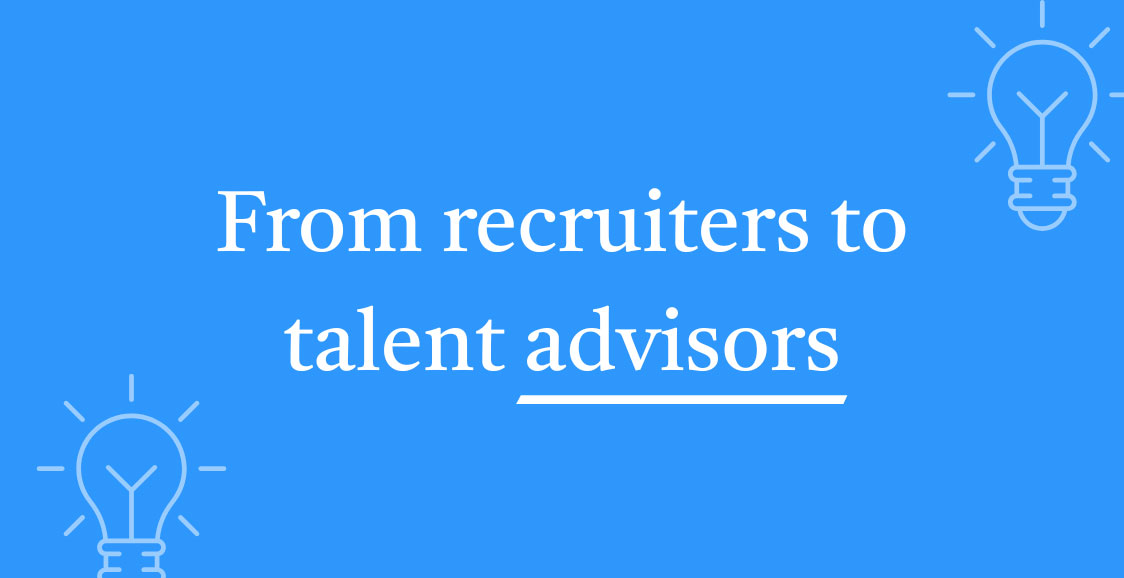When you’re tasked with filling a role (or multiple roles), why start from scratch every time? Developing talent pools of qualified professionals, ready to dip into, makes hiring great people far more efficient, effective, and manageable.
Instead of attracting candidates purely on their education or work experience, you may like to broaden your reach by taking a skill-based hiring approach. It’ll deepen your talent pooling efforts and enable you to attract candidates with the critical skills your organisationorganization values (and needs) most.
Let’s explore ten proven strategies for not only building, but nurturing warm, engaged, highly-successful talent pools to revolutioniserevolutionize your organisationorganization’s recruitment game.
1. Use recruitment software to create talent pools of top performers
To execute any well-planned talent management strategy, leveraging technology is often the best place to start. Talent pooling is no exception. Having a centralisedcentralized database of candidate information (like your Applicant Tracking System or Recruitment Marketing CRM) is a must-have. As a centralisedcentralized platform, it enables you to consolidate data, streamline communication, and track results.
Start by reviewing previous roles: can you identify top-performing candidates to include in your talent community? They may not have been selected for previous roles, but your recruitment team has assessed and recognisedrecognized their skills and potential. And, vice versa, they’re candidates who’ve demonstrated their interest in your organisationorganization (and hopefully, were impressed by a positive recruitment experience).
2. Craft a compelling careers site and expression of interest forms
Continuing to grow your talent community can require a multi-pronged recruitment marketing approach —starting with your careers site.
As a critical touchpoint for potential candidates, you careers site is a great place to showcase your:
- employer brand – with compelling content, such as employee stories, images, and videos
- your organisationorganization’s mission, vision, values, and Employee Value Proposition – including meaningful employee benefits
- current opportunities
- calls-to-action – such as inviting people to submit an Expression of Interest form to join your talent network, or view and apply for current opportunities.
You can also use analytics to determine what content is working well and the factors that influence candidates to take action.
3. Use social media to engage jobseekers
A strong social media presence is a cost-effective way to engage jobseekers, drive them to your careers site, and encourage them to join your talent community.
Put your careers site content to work by sharing posts that showcase your organisationorganization’s employer brand, company culture, and current opportunities. It’s a dynamic way to guide jobseekers from awareness, to consideration, to conversion —whether that’s joining your talent community or applying for a role— and can even keep candidates engaged throughout the hiring process.
4. Invest strategically in job boards
Depending on your hiring needs and budget, investing in job boards is another valuable tactic to expand your talent pool. As part of your overarching talent strategy, you may already be listing opportunities and targeting job boards aligned with your industry and the types of candidates your organisationorganization is seeking.
In addition to advertising roles with compelling descriptions and media, you may like to post Expression of Interest listings, particularly to target jobseekers with key skills for roles you hire most for.
5. Facilitate internal mobility by sharing roles with current team members
Your ideal candidates may be closer than you think! Internal talent can be a rich, invaluable resource. Promoting and sharing new roles with your existing team members first can drastically reduce your recruitment spend and grow your talent pools. Not to mention, it contributes towards a building positive workplace culture of internal mobility, where employees can grow and advance their careers. (Better yet, they’re already aligned with your organisationorganization’s culture, goals, and values.)
6. Engage alumni to secure boomerang candidates
Like existing team members, former employees are also familiar with your organisationorganization’s culture and values. Perhaps they’ve gained additional experience, new skills, or fresh perspectives. They may also be more inclined to return to a workplace where they’ve had a positive experience and built a professional network.
For example, Flight Centre rebuilt its workforce by re-engaging and hiring alumni. To this day, alumni talent remains a key pillar of its talent strategy.
7. Engage the next generation: students, apprentices, graduates
For many organisationsorganizations, a strong talent management strategy includes connecting with early-career professionals to build a pipeline of future talent. There are a number of ways to do so. For example, by establishing a presence at university career fairs, securing speaking spots or hosting stalls with branded merchandisemerchandize and sign-up opportunities. Or, perhaps you have the resources to implement a well-structured graduate program —a great way to secure key skills, and in turn, support graduates to develop their skills.
It’s also worth noting many young professionals value meaningful employee benefits, so make sure you showcase these on your careers site and collateral. Think: career development opportunities, diversity, equity and inclusion, and work-life balance (GradConnection).
8. Stay connected with “candidates on the horizon”
Not every potential candidate is available immediately. Some might be on parental leave, living abroad, or on sabbatical. Consider targeted messaging to engage to persuade these types of candidates to join your talent community, keep them interested, and encourage them to reach out when they’re ready.
9. Nurture your talent community with regular communication
Building talent pools may be one important part of your overall talent strategy. But building relationships is another.
Messaging potential candidates out of the blue isn’t incredibly effective. Instead, creating a well-defined communication strategy and sharing regular, meaningful communication can help you achieve the best results.
Resources permitting, you like to take this one step further by serving tailored content to different candidate segments. PersonalisedPersonalized content can go a long way to ensure candidates feel valued, remain engaged, and increase the likelihood of them applying for opportunities.
To do this at scale, companies can leverage recruitment marketing technology —to automate targeted communication to different talent pools to help build relationship and drive more applications.
10. Measure key metrics and continue to optimiseoptimize
To measure the success of your talent pooling efforts, there are a few key metrics you may like to track, such as:
- Conversions – how many applications came from members of your talent community?
- Successful hires – how many talent pool applicants lead to successful hires?
- Return on investment – what recruitment marketing content was most effective? Can you continue to optimiseoptimize and share more content that resonates to drive a better ROI?
For savvy recruiters, the benefits of building and nurturing talent pools is clear. Reduced time to hire, cost per hire, and workload pressures on your team. Stronger employer branding and quality-of-hire results. Having a database of engaged, skilled professionals at your fingertips is a sure-fire way to hire the right people, sooner.
Are you ready to get started with an end-to-end talent attraction strategy? Get in touch today to learn more about how PageUp will transform the way you hire.





